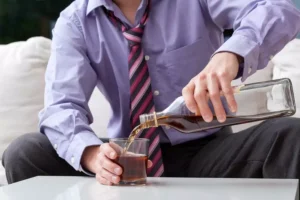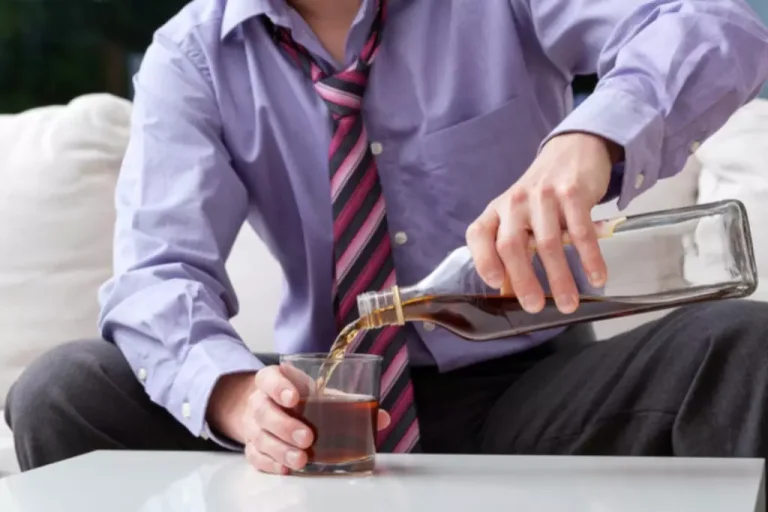Alcohol withdrawal syndrome: Symptoms, treatment, and detox time
March 7, 2024 1:09 pm
Symptoms range from mild anxiety and tremors to severe seizures and delirium tremens. The main advantages are represented by its antagonist effect on the NMDA receptor, by GABAA stimulation, and by its short duration of effect, that allows a rapid evaluation of patient’s mental status after discontinuation 71, 72. These characteristics make propofol a useful therapeutic option in patients with severe delirium tremens, who are poorly controlled with high doses of benzodiazepines 73. However, the use of this drug requires clinical monitoring, endotracheal intubation and mechanical ventilation.
Alcohol withdrawal symptom timeline
- Benzodiazepines like diazepam and lorazepam are used to enhance GABA activity to reduce anxiety, tremors, and seizures.
- As your body gets used to no alcohol, different treatments can make you more comfortable and keep your symptoms from getting worse.
- Symptoms of alcohol withdrawal range from mild (e.g., anxiety, tremors, sweating) to severe (e.g., seizures, hallucinations, delirium tremens).
- Anyone who has severe symptoms of alcohol withdrawal syndrome, such as seizures, hallucinations, or prolonged vomiting, needs immediate medical treatment.
- This is expected to decrease glutamate-related hyperexcitability in alcohol withdrawal despite having no action at GABA receptors.
According to the National Institute on Alcohol Abuse and Alcoholism (NIAAA), symptoms usually start six hours after cessation, peak within 24 to 72 hours, and improve within seven days. Men are more likely to develop alcohol dependence due to higher tolerance, while women are at greater risk of alcohol-related harm because of lower body water content and slower alcohol metabolism. Alcohol use disorder can lead to various physical and mental health conditions. If a person has alcohol use disorder, their body gets used to a certain amount of alcohol in their system. Some people may also experience alcohol-related seizures, alternatively known as tonic-clonic seizures, which can occur 6 to 48 hours after stopping alcohol. The early administration of a non-BZD agent together with gold-standard treatments represents a useful option to reduce the need for extra-dose BZD prescription (BZD-sparing drugs) 98 and to start a medication with anti-craving properties (figure 1).
Need help getting addiction treatment?
Many involve a combination of group psychotherapy (talk therapy) and medications. It’s important to be honest about your alcohol use — and any other substance use — so your provider can give you the best care. Each of these symptoms can increase in intensity depending on the severity of the withdrawal.
- In the setting of ICU, in those patients requiring sedation and mechanical ventilation, the Sedation-Agitation Scale (SAS) or the Richmond Agitation-Sedation Scale (RASS) can be used to titrate sedation 2–70.
- We can help you find medical detox centers near you to streamline MDMA detox and prepare you for ongoing treatment at one of our rehabs in California or Florida.
- Substance withdrawal is the process the body goes through after discontinuing or reducing the amount of an addictive substance (e.g., nicotine, alcohol, opiates, and other drugs).
- If you or a loved one needs help getting back on track from addiction to drugs like ecstasy, reach out to Renaissance Recovery.
- This practice has been largely driven by the low cost and good safety profile of supplementation.
- The severity of the signs and symptoms may depend on how much of the substance was taken and how long it was used.
We Care About Your Privacy

These classes of medications have been tested and are currently used as adjunctive treatment for AWS. However, the lack of efficacy in preventing severe AWS and the risk of masking AWS symptoms make these drugs not recommended as monotherapy. They should be used only as adjunctive treatment, in patients with co-existing comorbidities, and to control neuro-autonomic manifestations of AWS when not adequately controlled by BZDs administration. The risk of BZD toxicity is high during the early phase of the treatment and the patient requires a strict clinical heroin addiction monitoring to prevent BZD toxicity.
- Severe withdrawal could require ICU admission and the use of barbiturates or propofol.
- Severe withdrawal, including delirium tremens (DTs), persists for up to two weeks without medical intervention.
- However, in patients with reduced liver metabolism, such as in the elderly or in those with advanced liver disease, the use of short-acting agents may be preferred in order to prevent excessive sedation and respiratory depression 55.
- Withdrawalmanagement should not be conceptualized as a discreteclinical service, but rather as a component of the processof initiating and engaging patients in treatment for alcoholuse disorder.

Moderately severe AWS causes moderate anxiety, sweating, insomnia, and mild tremor. Those with severe AWS experience severe anxiety and moderate to severe tremor, but they do not have confusion, hallucinations, or seizures. When not properly treated, AWS can progress to delirium tremens (Table 38–10). Several different treatment models have been developed for alcohol withdrawal. The three most commonly encountered are the symptom-triggered approach, fixed-dose model, and multimodal therapies.
The Treatment of Depression in Parkinson’s Disease
However, given their effect on tremors, tachycardia and hypertension, these drugs could mask AWS symptoms and should be considered only in conjunction with BZDs in patients with persistent hypertension or tachycardia 54. Guideline recommendations were based on prospective randomized controlled trials (RCTs) if available, to the exclusion of other data; if RCTs were not available, observational studies were admitted to consideration. If no such data were available for a given link in the problem formulation, expert opinion was used to estimate effect size. The “strength of recommendation” for key aspects of care was determined by expert opinion. Benzodiazepines are high-risk medications that should be used with care, ideally within a structured protocol.

However, the brain isn’t designed to handle such extreme spikes in neurotransmitter activity. Detox can be done at a clinic, hospital, or rehabilitation center and may include medications to manage withdrawal and help reduce symptoms. After the detox process, continuing treatment with groups such as Alcoholics Anonymous or Narcotics Anonymous is recommended to stay substance-free. Some symptoms of withdrawal occur with most substances, while others can vary by substance. The severity of the signs and symptoms may depend on how much of the substance was taken and how Cure for Alcohol Withdrawal Symptoms long it was used. To manage alcohol withdrawal, use strategies like proper hydration, nutrition, and rest.
Categorised in: Sober living
This post was written by Editor Test
Comments are closed here.